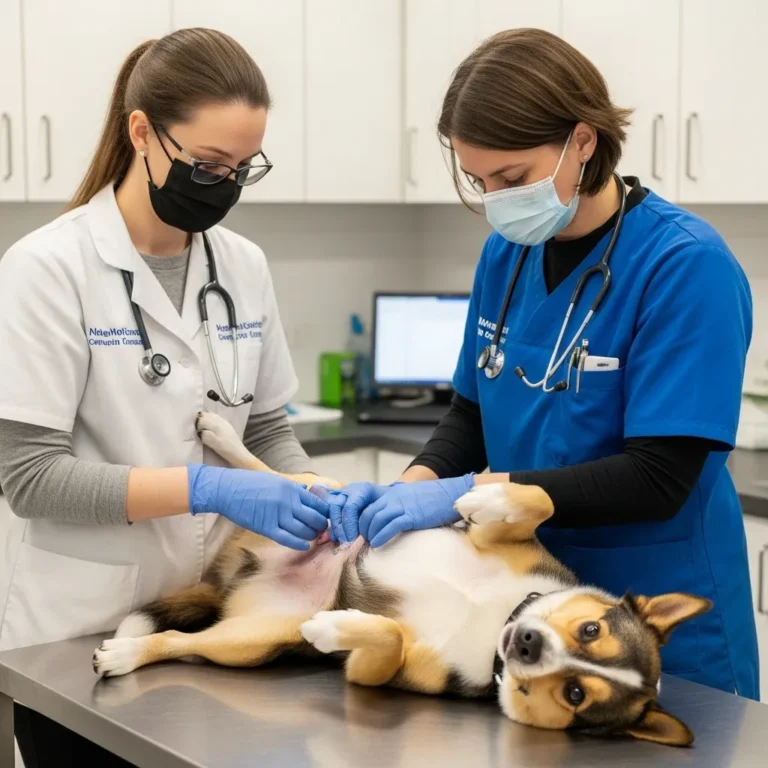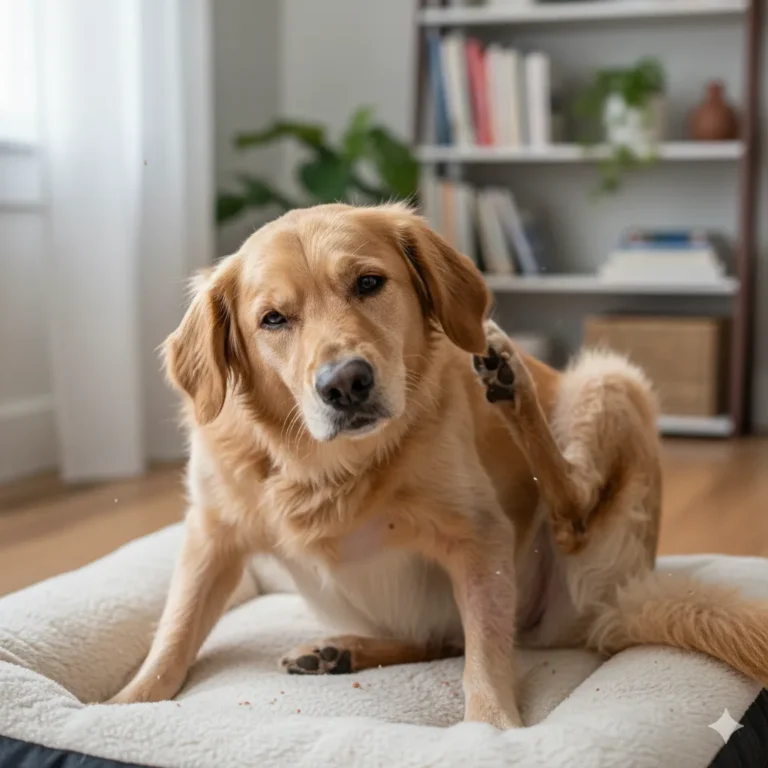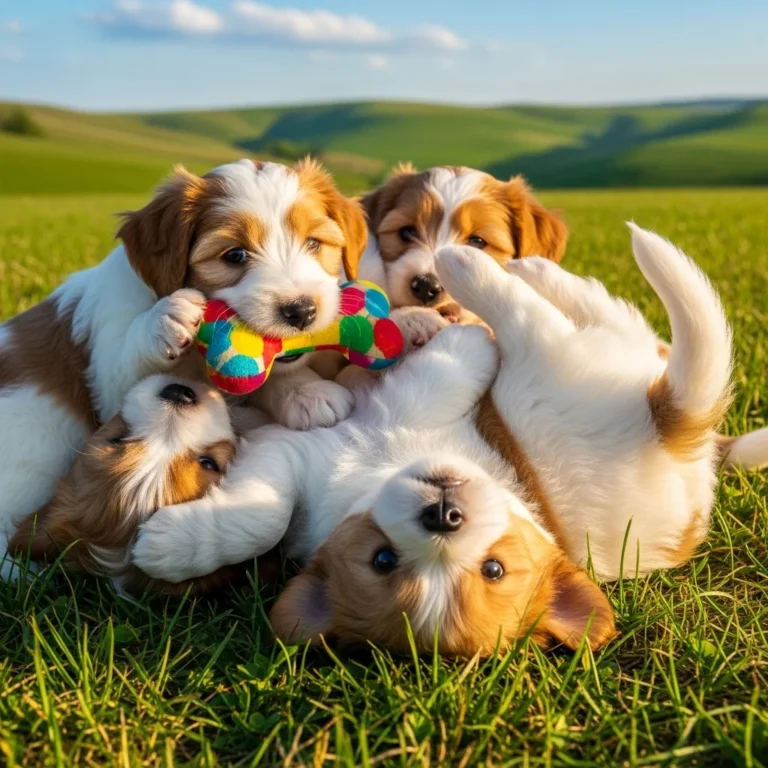
Author: DogsBlogSS Team
⚠️ Disclaimer: This article is for informational purposes only and is not a substitute for consulting a veterinarian.
gdv dog
When you love a dog, you quickly learn that their health can shift in the blink of an eye. One moment they’re chasing a ball, and the next, something feels off—especially when it comes to their stomach. Among the most frightening emergencies dog owners face is Gastric Dilatation-Volvulus (GDV). Many people only hear about it after it affects their own dog or another dog they know, which is why understanding GDV early is so important.
In this guide, we’ll break down everything you need to know about GDV dog risks—from symptoms and causes to prevention, treatment, and long-term care. To make things easier, we’ll weave in expert advice from veterinarians such as Dr. Karen Becker, Dr. Marty Becker, and Dr. Justine Lee, and reference respected veterinary institutions like the American College of Veterinary Surgeons (ACVS) and VCA Hospitals.
Let’s start by understanding what GDV actually is and why it’s such a dangerous condition for dogs.
What is GDV in dogs?
Gastric Dilatation-Volvulus (GDV) is a life-threatening emergency where a dog’s stomach fills with gas, fluid, or food, and then twists. Once twisted, nothing can escape—not gas, not food, not pressure. Blood flow gets cut off, and the stomach rapidly begins to die without emergency treatment.
According to ACVS : GDV is one of the most critical emergencies veterinarians encounter, and survival depends heavily on how quickly the dog receives care.
What does GDV stand for in veterinary medicine?
According to ACVS : GDV stands for:
Gastric
Dilatation
Volvulus
“Dilatation” refers to the stomach swelling.
“Volvulus” refers to the twisting.
Some dogs experience only the swelling, but once twisting occurs, it becomes the full GDV emergency.
Is GDV the same as bloat?
According to ACVS : People often use “bloat” and “GDV” interchangeably, but technically:
- Bloat = stomach filling with gas
- GDV = stomach fills and twists
Not all bloat cases turn into GDV, but all GDV cases begin with bloat.
What is the difference between bloat and GDV?
According to acvs: Here’s the clearest way to understand it:
- Bloat (simple gastric dilatation): The stomach is enlarged but still in its correct place.
- GDV: The stomach is enlarged and rotated, blocking blood supply and trapping gas.
Bloat can be painful.
GDV can be fatal.
How serious is GDV for dogs?
Extremely serious. GDV is considered a top cause of sudden death in dogs.
Dr. Justine Lee, DVM (https://drjustinelee.com) warns that untreated GDV can kill a dog “within hours,” and even with surgery, the risk remains high if treatment is delayed.
What happens inside a dog’s body during GDV?
According to acvs: Inside a dog suffering from GDV, a cascade of dangerous events unfolds:
- The stomach expands rapidly.
- Veins around the stomach collapse.
- Blood supply to critical organs is compromised.
- The spleen may rotate with the stomach.
- Breathing becomes difficult.
- Blood pressure drops dangerously low.
- Toxins build up in the bloodstream.
Without surgical correction, the stomach tissue begins to die.
Recognizing GDV Symptoms
Knowing the earliest signs of GDV can be life-saving, especially because dogs can go from “fine” to “dying” in under an hour.
What are the early signs of GDV in dogs?
According to acvs: Early signs include:
- Sudden swollen or tight abdomen
- Restlessness
- Pacing or whining
- Attempting to vomit with nothing coming out
- Excessive drooling
- A panicked or distressed expression
Dr. Karen Becker (https://drkarenbecker.com) emphasizes that early recognition dramatically improves survival.
How can I tell if my dog has bloat or GDV?
According to acvs: Only a vet can diagnose GDV for certain, but generally:
- If the dog’s abdomen is swollen and they are trying to vomit with nothing coming up → suspect GDV
- If the dog is still able to vomit food or liquid → may be simple bloat (but still dangerous)
When in doubt: always treat it as an emergency.
What are the classic symptoms of GDV?
According to acvs: The classic GDV signs include:
- Distended abdomen
- Retching without producing vomit
- Severe restlessness
- Pale gums
- Heavy panting
- Collapse, in advanced cases
Should I be worried if my dog’s abdomen looks distended?
According to acvs: Yes. A distended abdomen is one of the most concerning signs and should never be ignored. Even mild swelling can turn into GDV very quickly.
What other behaviors indicate a dog might have GDV?
According to acvs: Look for:
- Unusual stretching
- Hunching
- Looking at or biting at the stomach
- Refusing to lie down
- Standing with elbows spread outward
Is retching without vomiting a sign of GDV?
According to acvs: Yes—this is the number one symptom vets mention. If your dog is trying to vomit but nothing is coming out, consider it an emergency.
Causes and Risk Factors
GDV doesn’t happen randomly. Many factors increase a dog’s risk.
What causes GDV in dogs?
According to the acvs and the merckvetmanual: There’s no single cause, but contributing factors include:
- Genetic predisposition
- Weak stomach ligaments
- Eating too fast
- Stress or anxiety
- Aerophagia (swallowing too much air)
- High-fat diets
- Large meals
Are certain breeds more prone to GDV?
Yes—especially deep-chested breeds such as:
- Great Danes
- German Shepherds
- Standard Poodles
- Weimaraners
- Boxers
- Saint Bernards
- Irish Setters
What are the risk factors for GDV?
According to acvs: Major risk factors include:
- Age (more common in older dogs)
- Being underweight
- Stressful environments
- Eating one large meal per day
- Male dogs
- Family history of GDV
Does eating too fast contribute to GDV?
YAccording to acvs: es. Fast eating causes more swallowed air, increasing bloat risk.
Is exercise after eating a risk factor for GDV?
According to vcahospitals: Strenuous exercise right after a meal is believed to increase the risk. Many veterinarians recommend waiting 1–2 hours after eating before exercising.
Can stress or anxiety trigger GDV?
According to acvs: Absolutely. Stress raises cortisol, which affects stomach motility. Dogs in anxious or chaotic homes have higher GDV risk, according to behavior specialists and veterinarians.
Does the type of food affect GDV risk?
According to acvs: Yes. Studies suggest that:
- High-fat diets increase risk.
- Kibble as the sole diet may contribute.
- Elevated bowls may increase or decrease risk depending on the dog (research varies).
Consult your veterinarian for your dog’s specific needs.
Prevention Strategies
Preventing GDV is always easier—and far less expensive—than treating it.
How can I prevent GDV in my dog?
According to acvs: You can reduce the risk by:
- Feeding smaller, more frequent meals
- Using slow-feeder bowls
- Preventing strenuous exercise right after meals
- Managing anxiety
- Considering prophylactic gastropexy for high-risk breeds
What feeding strategies can reduce GDV risk?
According to acvs: Try
- Splitting meals into 2–3 servings
- Offering wet + dry food instead of only dry
- Avoiding raised bowls unless recommended by your vet
- Avoiding fermented or extremely gassy foods
Should I use a slow feeder bowl?
According to wefeedraw: Yes. Slow feeders help dogs consume food at a safer pace, reducing air intake.
Is gastropexy an effective preventive measure?
According to acvs: Yes. Gastropexy is a surgery that “tacks” the stomach in place to prevent twisting.
What is prophylactic gastropexy?
According to acvs: This is a preventive surgery performed before GDV occurs, usually during spay/neuter procedures in high-risk breeds.
The American College of Veterinary Surgeons strongly supports gastropexy for breeds like Great Danes.
When should I consider a gastropexy for my dog?
According to enviroliteracy: Consider it if your dog is:
- A deep-chested large breed
- Between 6 months and 2 years old
- Has a family history of GDV
- Frequently stressed or anxious
Are there dietary recommendations to prevent GDV?
According to enviroliteracy: Veterinarians often recommend:
- High-quality, low-fat diets
- A mix of kibble + wet food
- Avoiding extremely large meals
Should I restrict water intake after meals?
According to petmd: You don’t need to restrict water completely, but:
- Avoid letting your dog drink excessively right before or after eating.
- Offer normal drinking access throughout the day.
Diagnosis and Treatment
The speed of diagnosis and treatment determines survival.
How is GDV diagnosed by a veterinarian?
According to vcahospitals: A vet will typically:
- Examine the abdomen
- Take X-rays (confirming stomach rotation)
- Check heart rhythms
- Monitor blood pressure
- Begin rapid stabilization
What is the emergency treatment for GDV?
According to vcahospitals: Treatment includes:
- IV fluid therapy
- Decompression of the stomach
- Emergency surgery
- Pain medication
- Stabilizing heart rhythm abnormalities
Is surgery always required for GDV?
According to vcahospitals: Yes. Once the stomach twists, surgery is the only correction.
What does GDV surgery involve?
According to vcahospitals: During surgery, the veterinarian:
- Untwists the stomach
- Removes dead tissue
- May remove the spleen if damaged
- Performs gastropexy to prevent recurrence
What are the chances of survival for a dog with GDV?
According to vcahospitals: Survival rates depend on speed:
- 90%+ survival with early surgery
- 50% or less if treatment is delayed
How quickly must a dog with GDV receive veterinary care?
According to vcahospitals: Immediately. Every hour significantly reduces survival chances.
Post-Surgery and Prognosis
What is the recovery like after GDV surgery?
According to acvs: Recovery typically includes:
- Hospitalization for 2–5 days
- Pain management
- Slow return to regular meals
- Restricted exercise for several weeks
What are the potential complications after GDV surgery?
According to acvs: Possible complications:
- Infection
- Arrhythmias
- Sepsis
- Tissue death
- Recurrence (rare after gastropexy)
Can GDV recur after surgery?
According to acvs: If gastropexy is performed, recurrence is rare. However, dogs may still experience bloat, but the stomach is far less likely to twist.
What is the long-term prognosis for a dog that has had GDV?
According to acvs: With successful surgery and quick treatment, most dogs return to a normal life with minimal restrictions.
What kind of aftercare is needed for a dog recovering from GDV?
According to acvs: Aftercare includes:
- Feeding small, frequent meals
- Monitoring for digestive issues
- Avoiding intense exercise
- Attending follow-up appointments
- Keeping stress levels low
Notice : The DogsBlogSS editorial team is dedicated to providing accurate, research-based information about dog health, behavior, and care. All our articles are fact-checked using trusted veterinary sources such as VCA Hospitals, Merck Vet Manual, and the AKC.
you may like it







